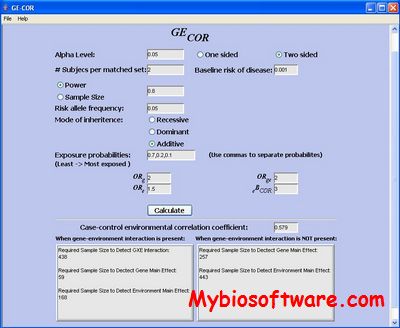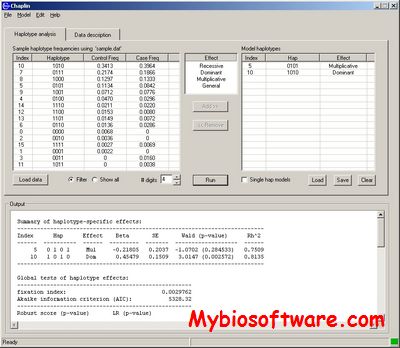LTSOFT 3.0
:: DESCRIPTION
LTSOFT is a software suite designed to more powerfully leverage clinical-covariates such as age, bmi, smoking status, and gender as well as genetic-covariates such as known associated variants when conducting case-control association studies. Including these covariates in standard regression models is not only suboptimal, but can in many instances reduce power.
::DEVELOPER
Alkes Price
:: SCREENSHOTS
N/A
:: REQUIREMENTS
:: DOWNLOAD
 LTSOFT
LTSOFT
:: MORE INFORMATION
Citation:
Bioinformatics. 2012 Jul 1;28(13):1729-37. doi: 10.1093/bioinformatics/bts259. Epub 2012 May 3.
Analysis of case-control association studies with known risk variants.
Zaitlen N, Pasaniuc B, Patterson N, Pollack S, Voight B, Groop L, Altshuler D, Henderson BE, Kolonel LN, Le Marchand L, Waters K, Haiman CA, Stranger BE, Dermitzakis ET, Kraft P, Price AL.


